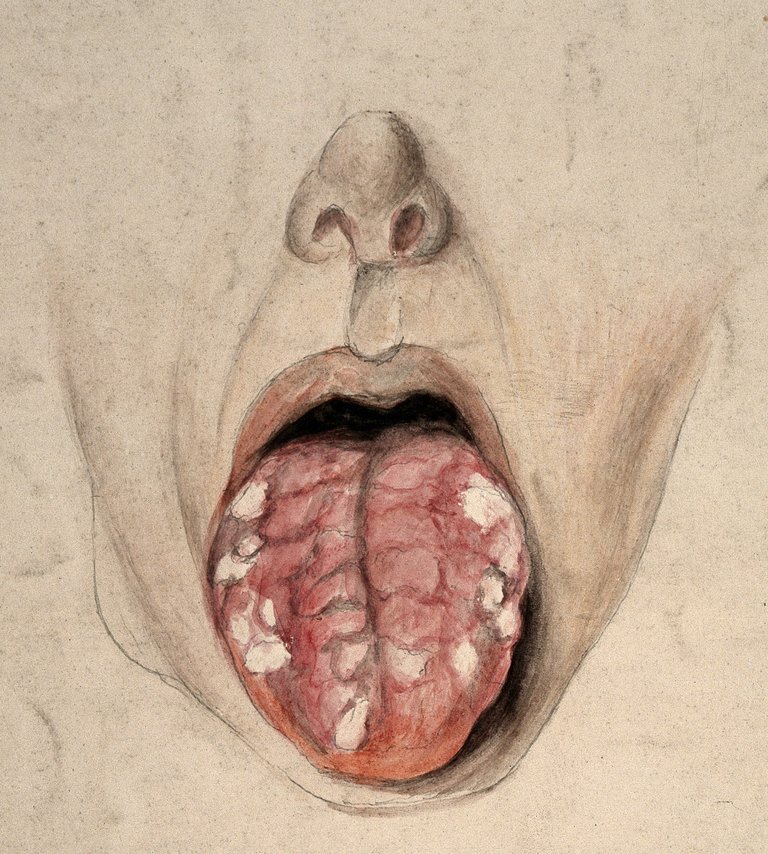Syphilis - One of Human's Ancient Plagues
Syphilis has etched its mark in human history, aligning itself with infamous diseases like the Black Death and smallpox. With its three distinctive stages, this ailment unfolds troubling symptoms after affliction, rivalling the menace posed by its historical counterparts. Thanks to the strides of modern scientific research, syphilis, akin to the other deadly diseases, no longer casts a harrowing shadow, as effective treatments are now readily available.
There are about 6 million cases of syphilis reported yearly, and most of this cases are treated and cured with penicillin prescription but it wasn't always that easy to treat in years past. The disease we are talking about in the past would disfigure the body of patients and even drive them insane.
Its origins trace back to 15th-century Europe, with its subsequent migration to North America in the late 15th century. Initially rampant among sex workers and those frequenting brothels, syphilis is caused by the bacterial agent Treponema pallidum, a spirochete bacterium. Unlike many bacteria, syphilis does not persist in soil, water, or feces; its habitat is the human body alone, thriving under specific conditions. This exacting nature of its existence renders laboratory cultivation rather challenging.
It is not spread through air droplets, or skin, but rather via intimate contact such as kissing or coitus. This transmission occurs when a person with syphilis lesions touches a mucosal surface or break in the skin of another person where the bacteria releases the enzyme Matrix metalinoproteinase-1 (MPP-1) which helps it to break down collagen allowing the bacteria to get into the soft tissue in the body.
In the body, the immune system begins to mount response just like it would do with any other foreign body or pathogenic organism. The immune system induces fever and inflammation but after a couple of days, the immune system stops responding and the body returns back to normal with the intention that the bacteria is gone but the truth is it is not gone yet. The bacteria manages to hide from the immune system for a long time.
Upon entry, the immune system launches a response akin to its defense against any foreign invader. However, T. pallidum possesses a cunning ability to outwit the immune system, concealing itself for extended periods. Achieving this stealth involves gene shuffling within its DNA pathway during the infection, altering its surface protein sequence and thus evading immune detection.
Around three weeks into the infection, primary syphilis marks its entry with painless sores known as chancres, emerging at the sites of bacterial entry: mouth, genitals, or skin breaks. These chancres heal after several weeks, and the bacteria delve deeper into the immune system, but at a slower pace than many other microbes. This delayed replication strategy prevents antibodies from flagging it effectively
In the secondary syphilis, the disease becomes intense as lesions appear on the arm, chest, feet, and back. The lesions are extremely painful and infectious. Patients have fever, enlarged lymph nodes, loss of hair, and weight loss. This phase ends after four weeks as the lesions heal up which is then followed by a dormant phase which is prolonged. This phase can go as long as 15 years where there are absense of symptoms and patient might look healthy.
The tertiary phase witnesses the bacteria manifesting in unusual body areas, including blood vessels, precipitating chronic inflammation and, subsequently, gummas. This phase extends its reach to blood vessels, which can then impair the organs they supply. Further complications like calcification of blood vessels can affect the cardiovascular system, as the wall of the thoracic aorta suffers damage.
As the blood vessel inability to transport enough blood to the brain progresses, the nervous system experiences diminishing blood flow and oxygen supply, resulting in partial paralysis. The prefrontal cortex and amygdala begin deteriorating, inducing hallucinations, hyperactive reflexes, personality shifts, and memory impairments. Syphilis, once a formidable scourge, now unravels its story, revealing how scientific progress has unraveled its enigma and transformed it from a dreaded plague to a comprehended ailment.
Read More
- https://www.cdc.gov/std/syphilis/stdfact-syphilis.htm
- https://www.ncbi.nlm.nih.gov/pmc/articles/PMC3956094/
- https://jmvh.org/article/syphilis-its-early-history-and-treatment-until-penicillin-and-the-debate-on-its-origins/
- https://journals.asm.org/doi/10.1128/cmr.12.2.187
- https://www.thelancet.com/journals/lancet/article/PIIS0140-6736(22)02348-0/fulltext
- https://www.ncbi.nlm.nih.gov/pmc/articles/PMC1779891/
- https://www.ncbi.nlm.nih.gov/books/NBK534780/


Thanks for your contribution to the STEMsocial community. Feel free to join us on discord to get to know the rest of us!
Please consider delegating to the @stemsocial account (85% of the curation rewards are returned).
Thanks for including @stemsocial as a beneficiary, which gives you stronger support.